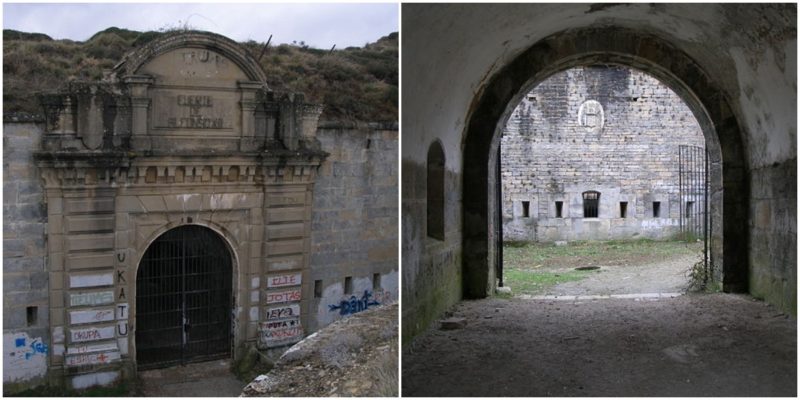Fort Alfonso XII is a military fortress that stands on Mount Ezcaba, in the Navarra region of Spain. It was built at the turn of the 19th century by King Alfonso XII and was named in his honor. The fortress is also known by the name Fort San Cristóbal (Fuerte de San Cristóbal), as there was a basilica in the same place in the sixteenth century dedicated to the saint.
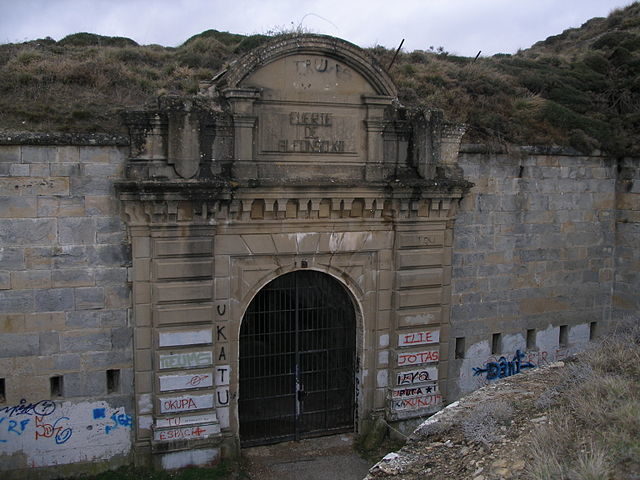
Construction began just two years after the Carlist War of 1872-1876, the last in a series of civil wars over succession to the throne. Its main role was to strengthen the defense of the Pyrenees and keep the Carlists at bay.
It was initially planned to be the only fortress in this part of Spain during the reign of Alfonso XII, however many more were built all around his kingdom. The fortress was designed by Colonel of Engineers Miguel Ortega, whilst Commander of Engineers José de Luna was in charge of the building operation.
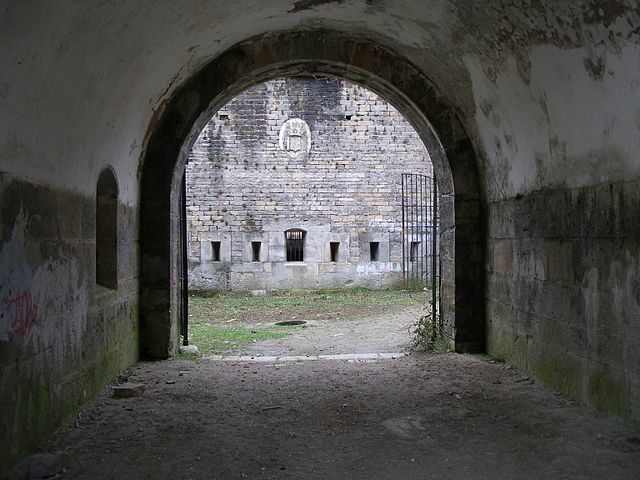
The project was a very large and complex operation. Before construction could begin, the summit of the mountain had to be blasted with dynamite. After this, a three-story-high structure was built inside the mountain, which rendered it invisible from the outside and fortified it with a natural wall of six feet of rock.
In addition, a deep and wide moat was dug around the fortress, adding to the it’s impenetrability. Construction took 41 years and was finished in 1919.
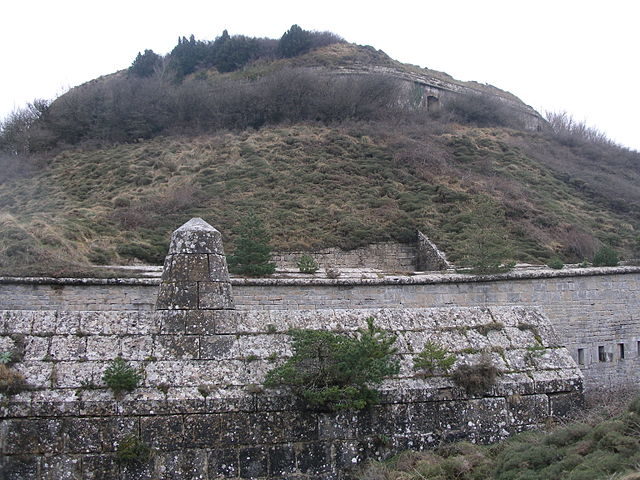
By the time the fortress was completed and functioning, it was obsolete and was never really used for any defensive purposes. The same can be said for many fortresses around the world, as the use of aircraft became widespread in the military, and these low-level strongholds could not provide any defense against air attacks.
This led to the fortress being converted into a prison, which was not ideal as it was not constructed for this purpose. The walls and conditions of the building were far from ideal. However, adjustments were made. Bars were added to the windows and many walls were reinforced, and it was judged fit to receive prisoners.
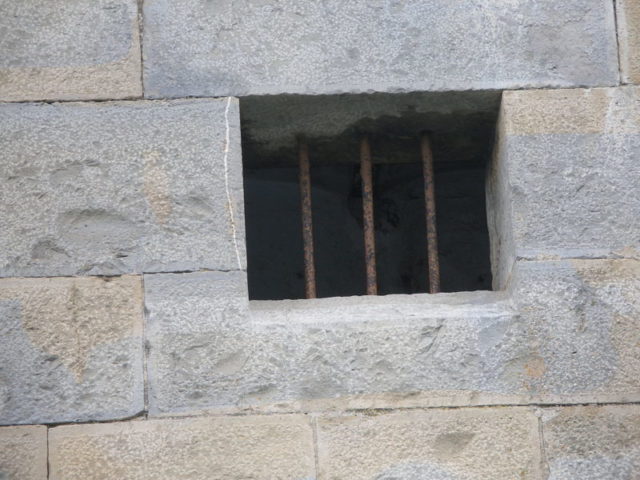
After the Revolution of 1934, the prison population rose to more than two thousand inmates. With numbers that high, living conditions went from bad to worse — prisoners were dying constantly from disease, caused mostly by poor hygiene and lack of food. Most of the inmates were political prisoners. A prison break was organized on a colossal scale and executed on May 22, 1938.
A total of 792 inmates managed to flee the prison, but only three made it over the French border. Of the rest, 585 were arrested and returned to the prison and 211 were shot dead during the chase. Out of the 585 arrested, fourteen were trialed for organizing and leading the escape. These prisoners were sentenced to death and executed.
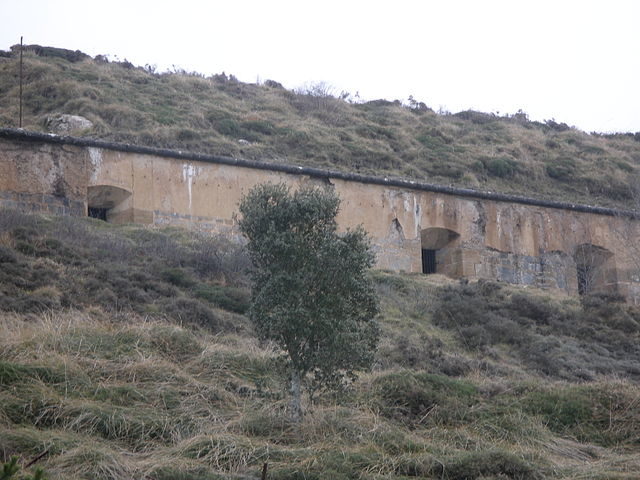
Fort Alfonso XII is still currently owned by the Spanish Ministry of Defense, although the last time military personal resided there was 1991. Since then, there have been several projects to renovate and redesign the fortress, but these attempts have been unsuccessful.
In 1988 a monument was erected in honor and memory of the Republicans who lost their lives inside the prison walls. In 2001 the fortress was protected by its declaration as an Object of Cultural Interest, but it remains to this day abandoned and in ruins.
